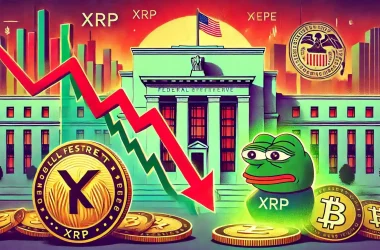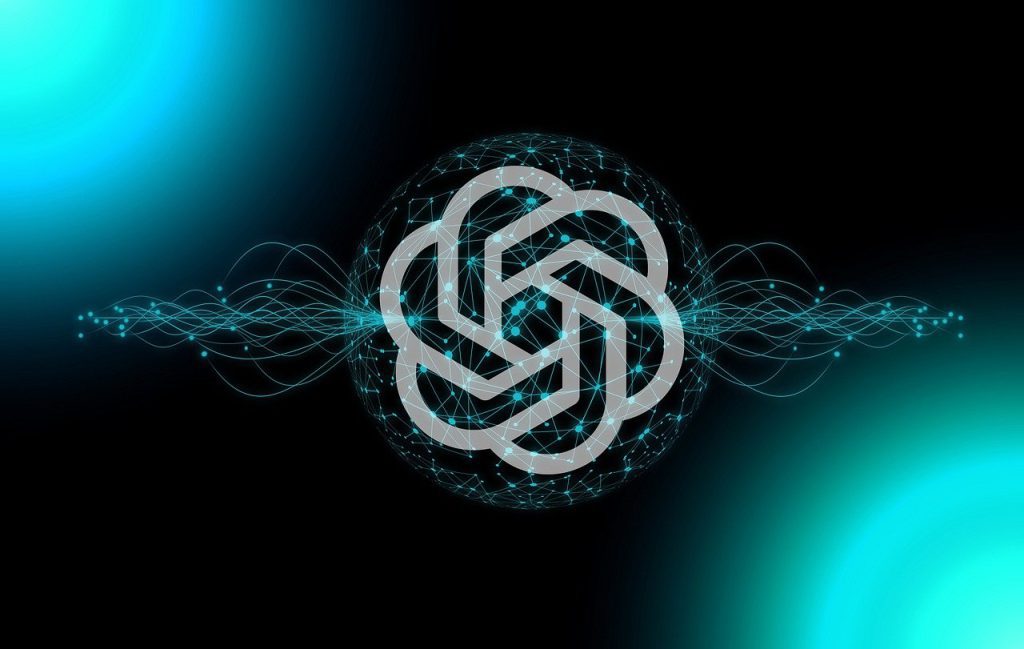In an era characterized by the profound value of data, a significant evolution is unfolding within the blockchain sphere. The emergence of the Data Ownership Protocol (DOP) represents a promising initiative aimed at restoring users’ control over their digital sovereignty in an increasingly decentralized environment.
Addressing the Challenge of Web3
DOP stands out as a notable project addressing a critical concern in the decentralized landscape: user sovereignty over personal data. The advent of Web3 promises a new era of the internet where users have greater autonomy over their data and digital assets. However, this vision faces a substantial challenge. Most blockchain networks, despite their anonymity in transactions, operate with inherent transparency, posing a paradox. While this transparency benefits many scenarios, it presents challenges for individuals and businesses seeking to maintain control over sensitive information.
Key Features of DOP
DOP tackles this challenge with a robust set of features designed to cater to discerning Web3 users. At its core, DOP empowers users with selective transparency—a pioneering concept enabling individuals and businesses to decide which financial information to share and with whom. This meticulous control over data signifies a significant shift in our approach to digital interactions.
Envisioning a scenario where individuals manage their financial footprint with discretion akin to traditional finance while benefiting from decentralized system innovations is central to DOP’s mission. The protocol’s “smart bouncer” technology acts as an additional safeguard, screening transactions to uphold ecosystem integrity.
Cross-Chain Compatibility
Initially launched on Ethereum, DOP aspires to transcend single blockchain limitations. The protocol envisions a future where users can uniformly manage data control features across diverse networks. This cross-chain compatibility proves crucial in an increasingly varied blockchain landscape, ensuring users experience cohesion regardless of their preferred platform.
Regulatory Adherence
In an era marked by heightened regulatory scrutiny, DOP strives to harmonize user autonomy with regulatory compliance. This approach positions DOP as a viable option for businesses and investors keen on harnessing blockchain advantages while conforming to legal mandates.
Business Applications
DOP offers diverse applications for businesses, from confidential transactions to supply chain management and employee compensation. Imagine conducting blockchain-based transactions with discretion akin to traditional finance or managing sensitive supplier data while leveraging blockchain’s traceability.
Individual User Applications
For individual users, DOP heralds a new era in digital asset management. It ensures privacy for crypto holdings akin to traditional bank accounts while streamlining overall management. The protocol significantly reduces the need for multiple wallets to obscure assets—a common practice in the crypto realm. Instead, DOP allows consolidation into a secure, unified wallet while granting precise control over financial information.
The $DOP Token
Central to the Data Ownership Protocol is the $DOP token—a multifaceted digital asset powering the ecosystem. Beyond mere transactional use, $DOP serves as the gateway to the protocol’s full potential. It acts as the currency for network fees, promoting its utility while funding protocol growth. Notably, 75% of these fees are burned, reducing $DOP’s circulating supply and potentially enhancing its value over time. The remaining 25% is redistributed to token stakers, incentivizing long-term engagement.
$DOP’s utility transcends transactional roles, empowering token holders to engage in protocol governance through a decentralized autonomous organization (DAO). This structure grants stakeholders a direct voice in shaping DOP’s trajectory. Additionally, a staking mechanism allows users to lock tokens and earn rewards, transforming $DOP into a versatile asset supporting user empowerment—a core tenet of the protocol.
Technological Foundation
DOP’s capabilities leverage cutting-edge technologies. Zero-knowledge proofs ensure transaction validity without compromising sensitive data. Smart contracts automate and secure protocol processes, while encryption safeguards data accessibility to authorized entities.
Future Directions
As DOP evolves, emphasis lies on expanding capabilities. Future developments aim to enhance cross-chain operations, fortify data control features, and streamline user interfaces. The protocol also explores integration with popular DeFi platforms, potentially broadening data ownership principles across decentralized spaces.
DOP’s Role in Web3
In navigating the evolving Web3 landscape, protocols like DOP play pivotal roles. By addressing data ownership and control, DOP fosters blockchain and Web3 adoption. For developers, it provides a framework promoting data-respecting applications. Individuals benefit from enhanced data control, while DOP contributes to a decentralized internet empowering users.
Conclusion
In the dynamic realm of Web3, the Data Ownership Protocol emerges as a cornerstone, balancing decentralization ideals with practical user and business needs. Amidst the interplay of transparency, security, and individual control in the digital age, DOP pioneers an innovative approach. It aspires to a future where users harness blockchain’s benefits while asserting their right to data ownership.
The Data Ownership Protocol transcends solution status—it embodies a foundational element for Web3’s future. In a data-centric world, DOP endeavors to return power to users, enabling them to manage and distribute digital assets on their own terms. As we progress into this digital era, DOP remains committed to empowering users—one transaction at a time












